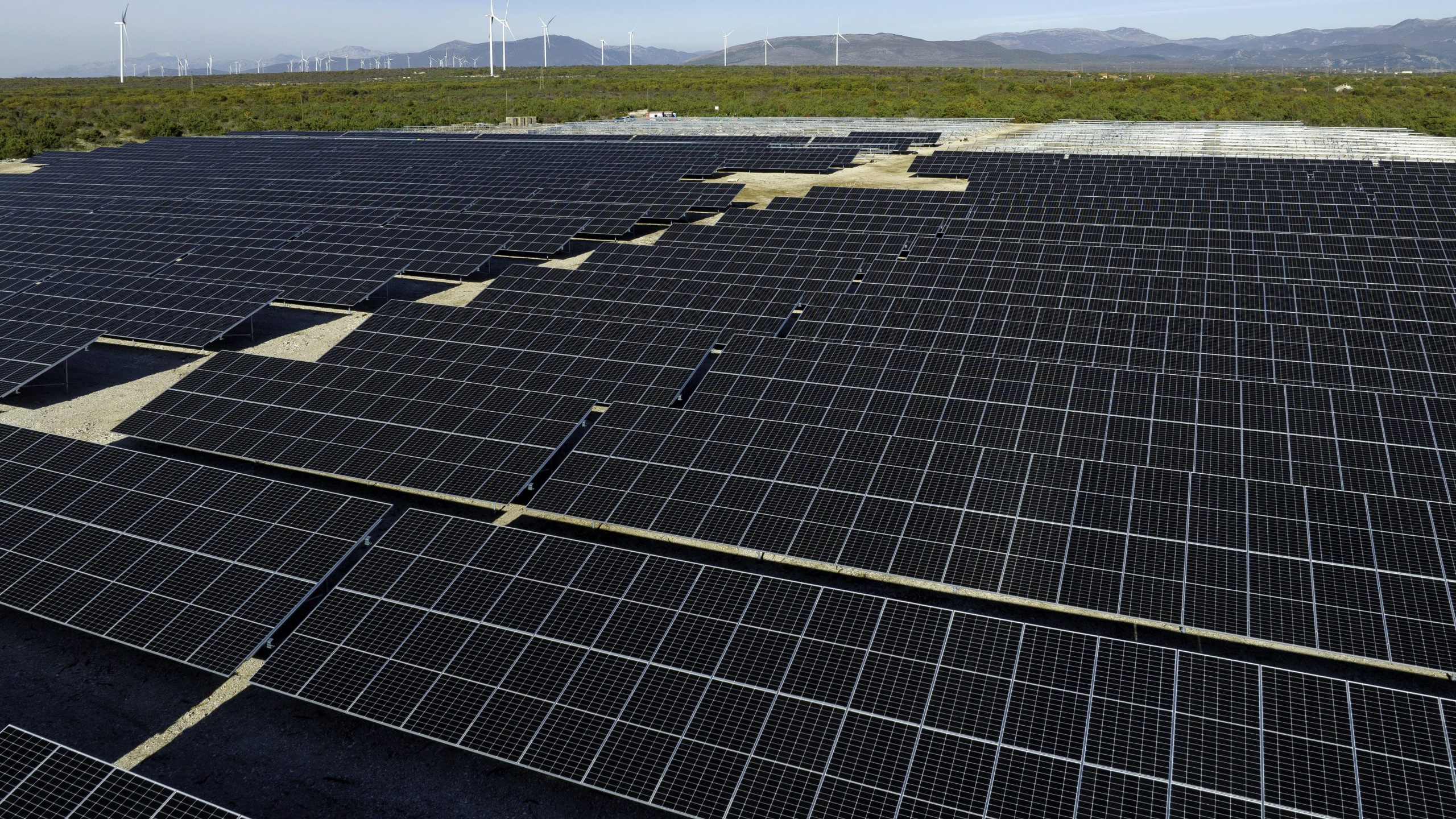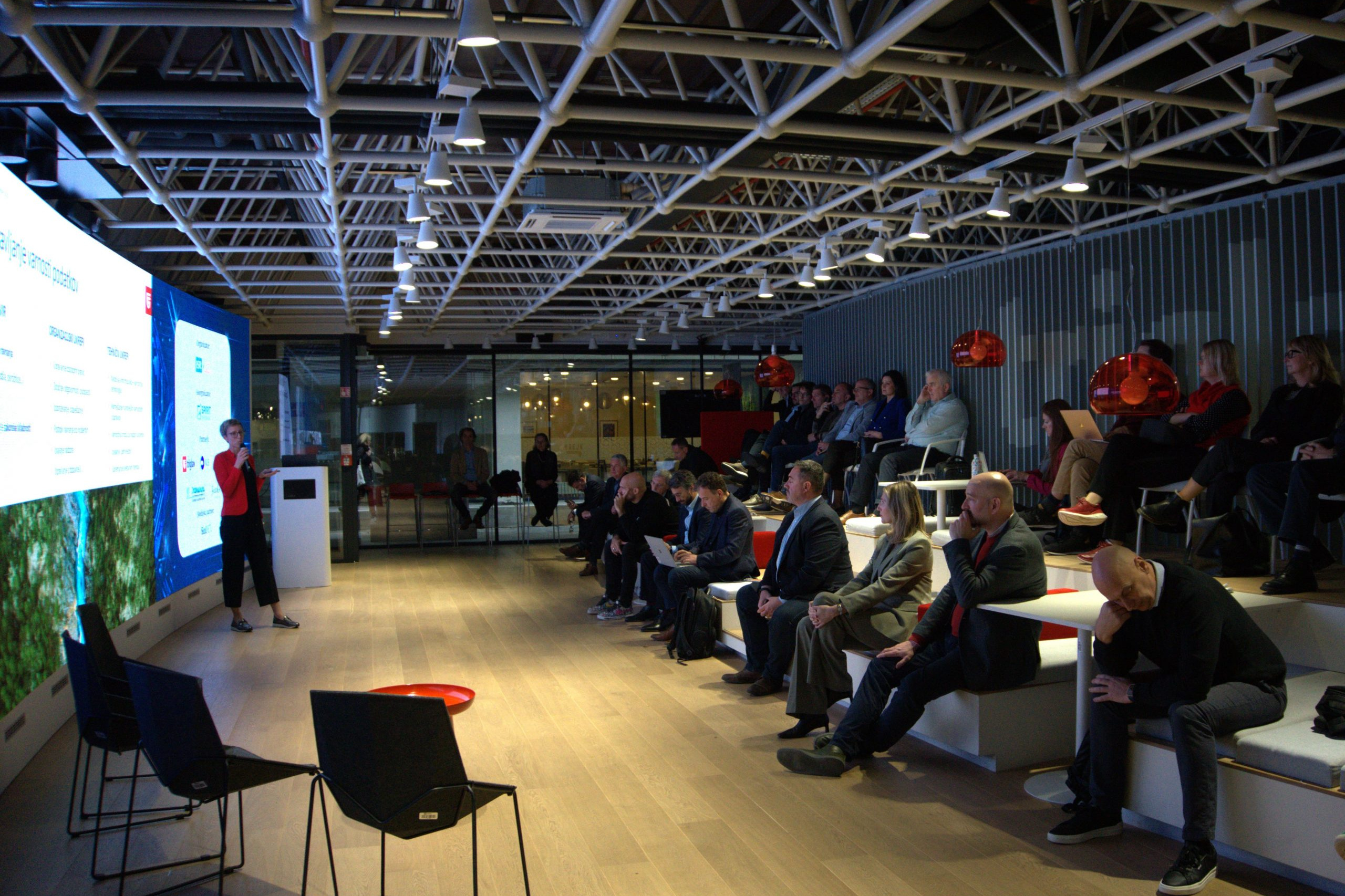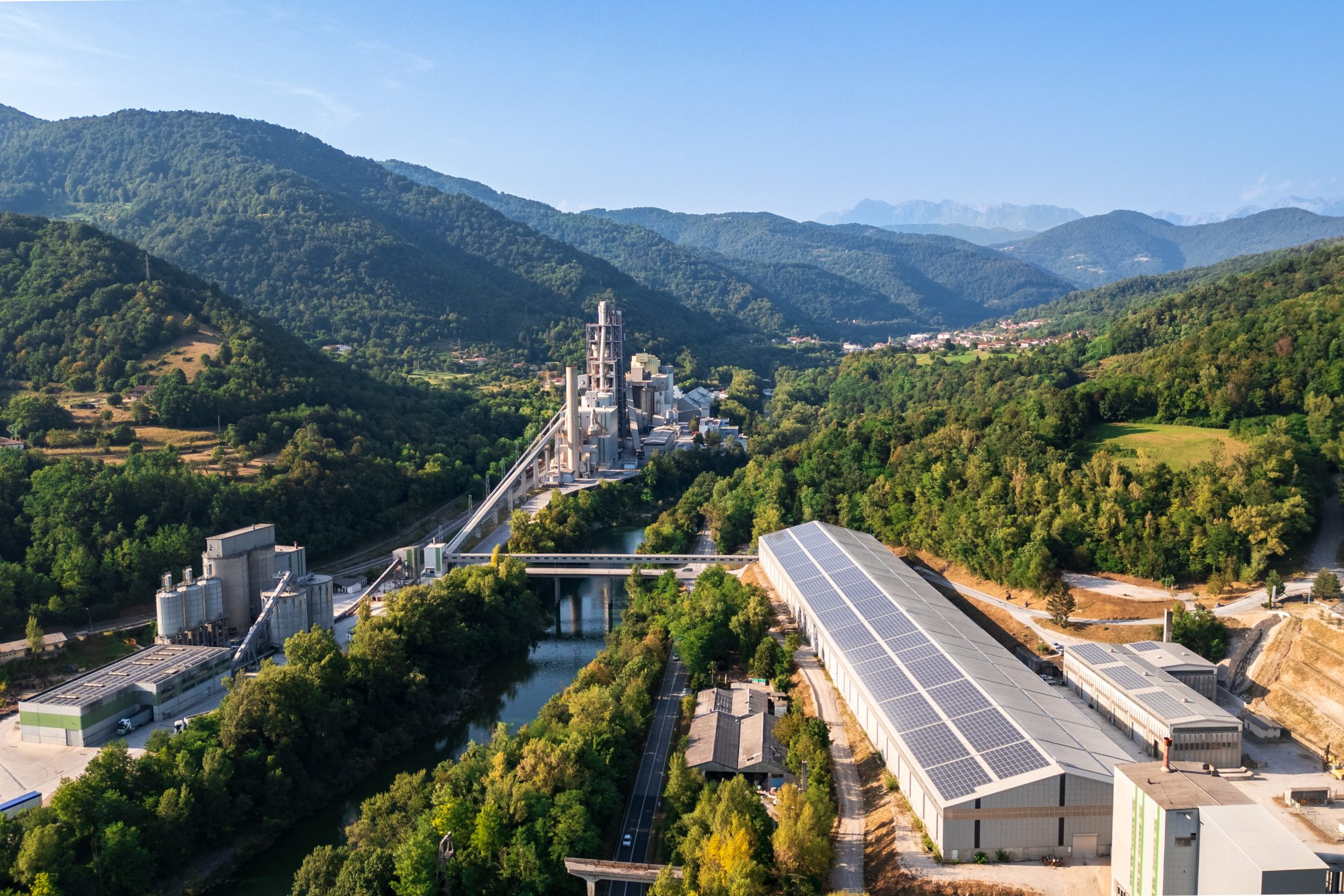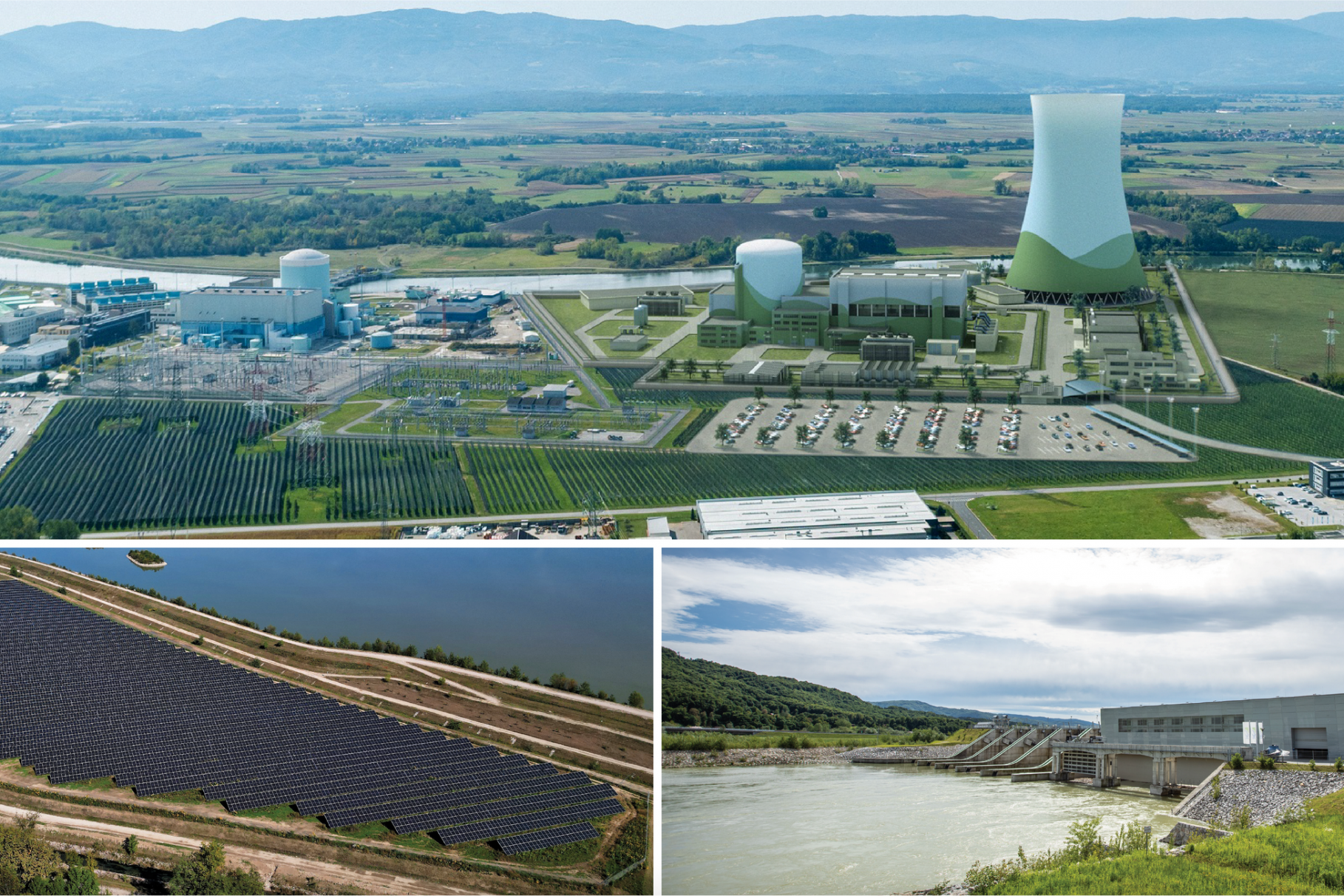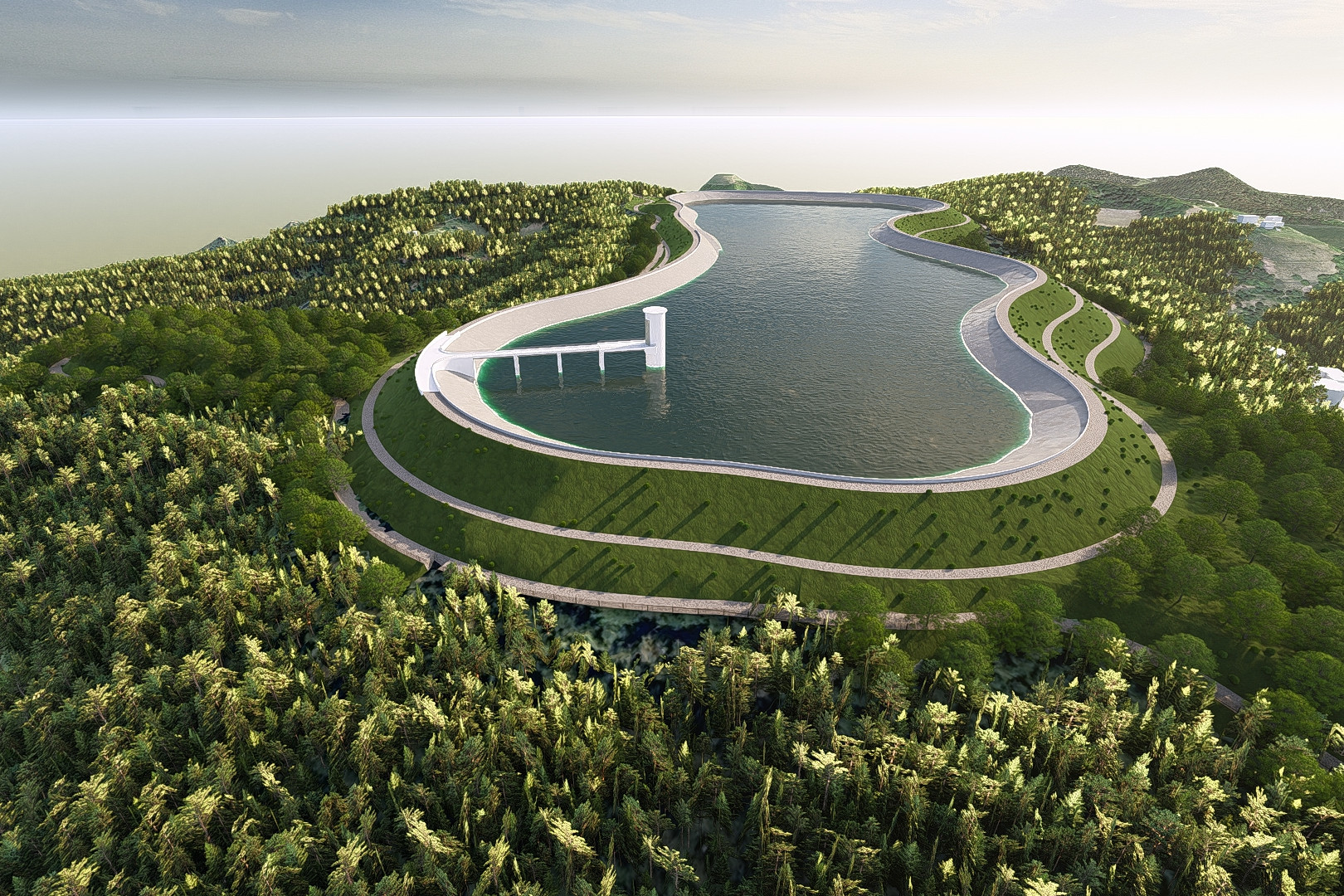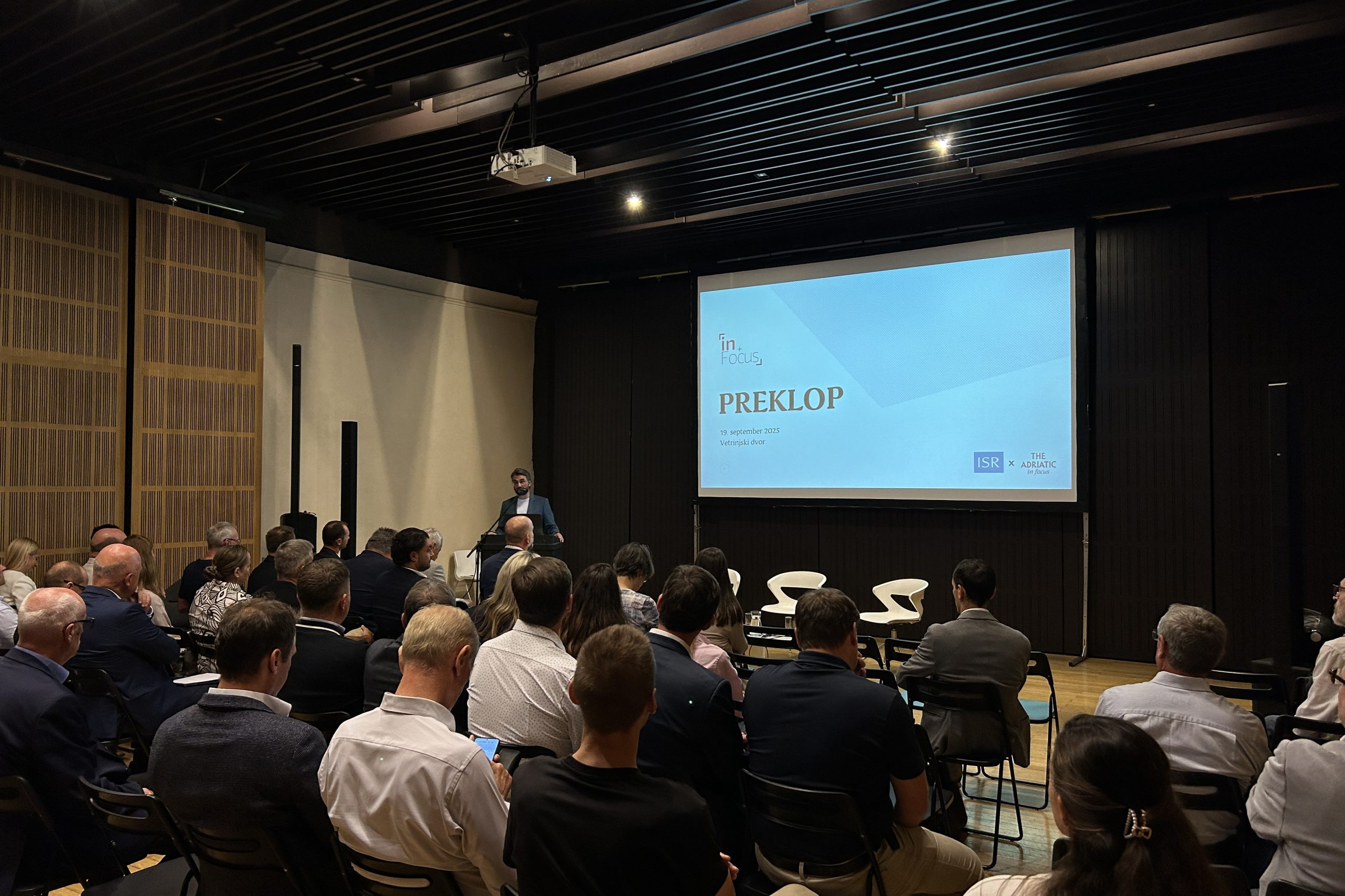Energy transition
The Petrol Group is working intensively on solar power plant projects
Petrol Group
In the context of energy transition, Petrol is investing in renewable power plants and helping increase the security of energy supply. In addition to wind, the company sees great potential especially in solar power.
Increasing the share of renewable energy sources is an important step in reducing carbon emissions and dependence on fossil fuels, with increased energy security alongside decreased dependence on third countries lately being stressed as an advantage. More than ever before, the European Union has been looking at new ways to ensure energy security; this can be significantly facilitated by energy companies which, by investing in new production facilities such as wind and solar power plants, are helping to increase energy independence. One of such companies, Petrol, is planning to plug its three largest solar power plants into the power grid by summer 2023.
Not just wind, large solar power plants also
The Petrol Group already operates two wind parks with a total of 18 wind power plants in Croatia, five small hydroelectric power plants in Bosnia and one in Serbia, and 30 smaller solar power plants installed on buildings in Slovenia. Petrol is proud to have also started building large stand-alone solar power plants, the first three in the area of Knin in Croatia: Suknovci, Pliskovo, and Vrbnik, with a total installed capacity of 22 MW, together representing one of the largest solar power plants in the region.
The three stand-alone solar power plants are situated in rocky settings above the Adriatic Coast marked by infertile soil and an abundance of sunny days, making the area perfect for solar. The three solar parks, Suknovci, Pliskovo, and Vrbnik, will comprise of 40,100 solar panels that will generate enough green electricity for as many as 8,500 households. To minimise the adverse effects on the environment, the substructure of the solar power plants is attached to ground-mounted foundations with no concrete reinforcement; therefore, the solar power plants can be easily removed after the end of their lifespan and the original appearance of the area can be quickly restored.
Solar panels on Petrol's buildings
In the context of the energy transition and with the goal to reduce its own carbon footprint as well as because of the advantages delivered by self-sufficiency and local energy generation, Petrol has decided to instal solar panels on its own buildings, such as rooftops of its points of sale, the latter as part of the Petrol Green project which is partly financed through a grant received from the Cohesion Fund. In the first phase of the project, solar panels will be installed on 46 points of sale, followed by 24 in the second phase. Petrol has set a goal to equip its entire point-of-sale network with solar panels; this way, its points of sale will become as self-sufficient as possible and generate own energy which, alongside storage batteries, will also be used for e-charging infrastructure.
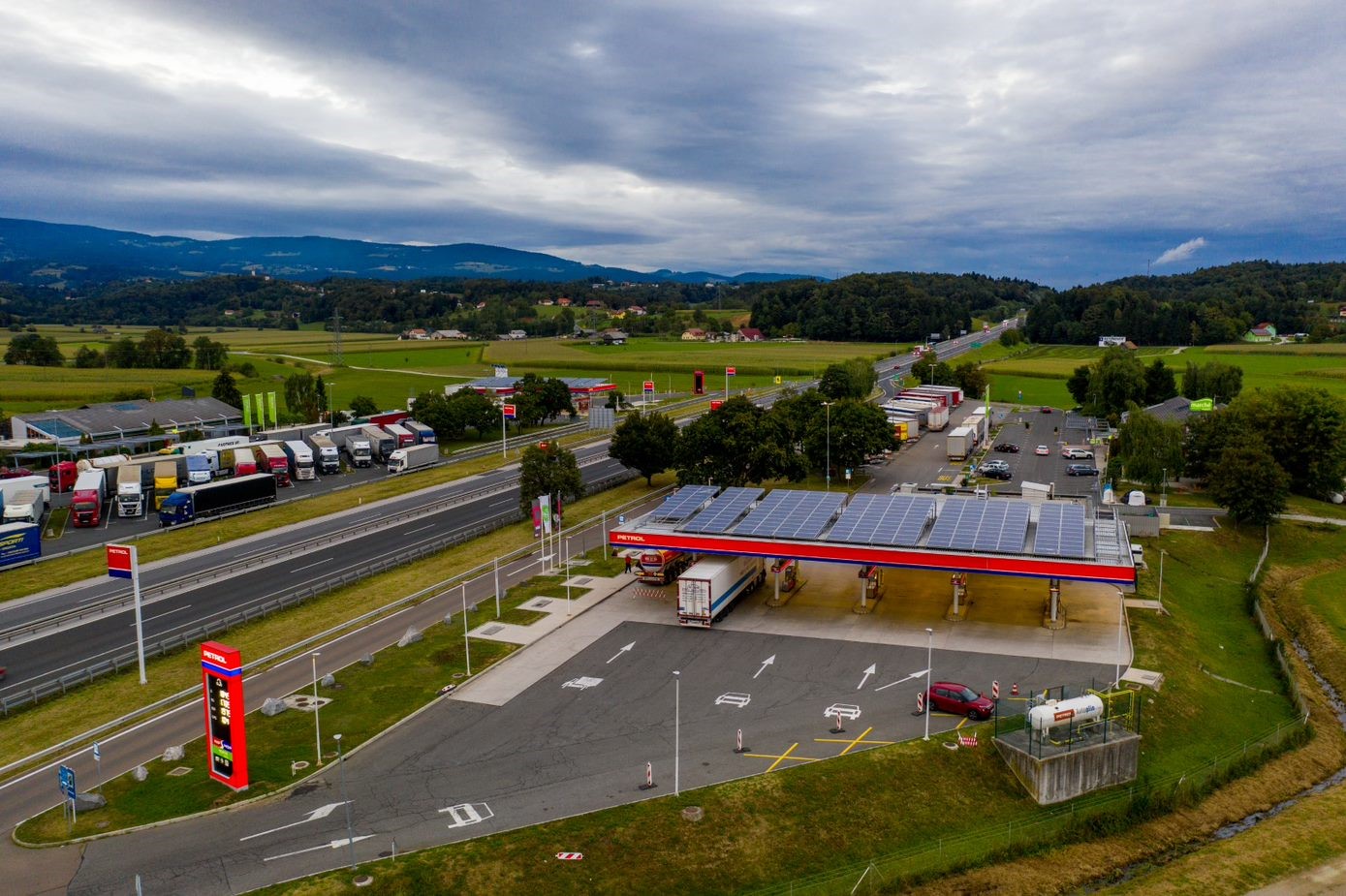
Installation of solar power plants also in cooperation with partners
In addition to investing in the construction of own renewable energy production, the Petrol Group is installing solar power plants as part of its comprehensive energy solutions for various stakeholders – public buildings, industry, other business activities, and households. Petrol connects several solutions into one complete story for its partners and helps them design a new concept of an energy system which is modern, efficient, environmentally friendly and energy self-sufficiency focused. Last year, Petrol made an important step towards a green future in cooperation with Cinkarna Celje. The result of their cooperation is the installation of Petrol’s largest solar power plant in Slovenia, and one of the many planned by Cinkarna Celje, with a capacity of 1 MW. The solar power plant comprises 2,222 solar modules with a total rated capacity of 1 MW and the estimated annual electricity generation of 1,160 MWh, enough for about 330 average households.
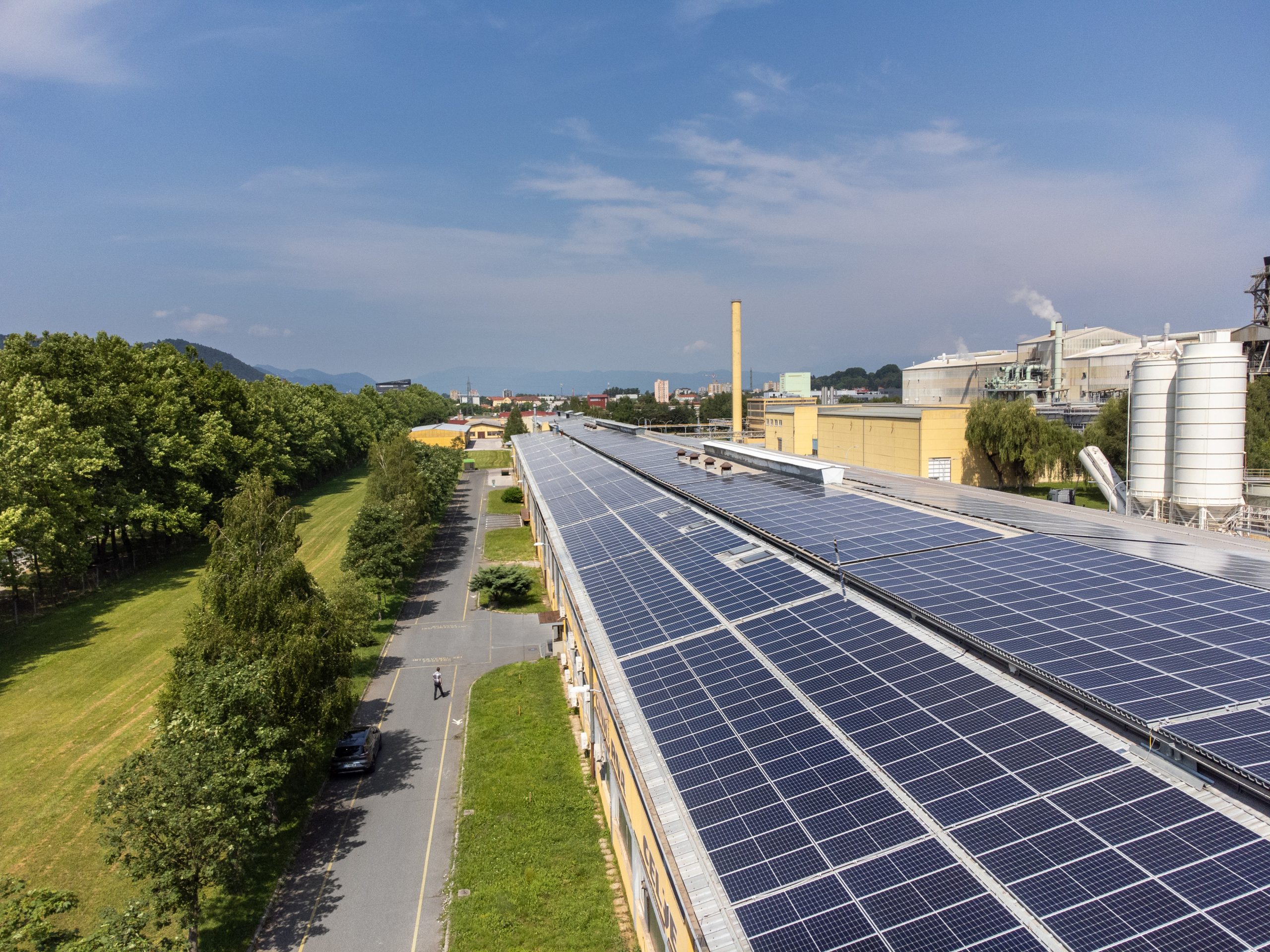
THE ADRIATIC
This article was originally published in The Adriatic Journal: Strategic Foresight 2023.
If you want a copy, please contact us at info@adriaticjournal.com.

